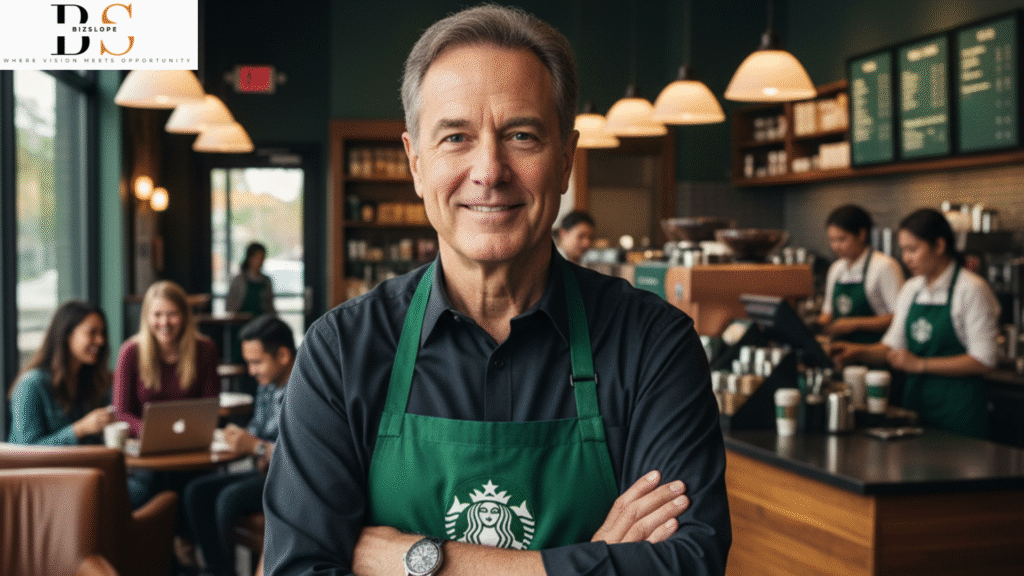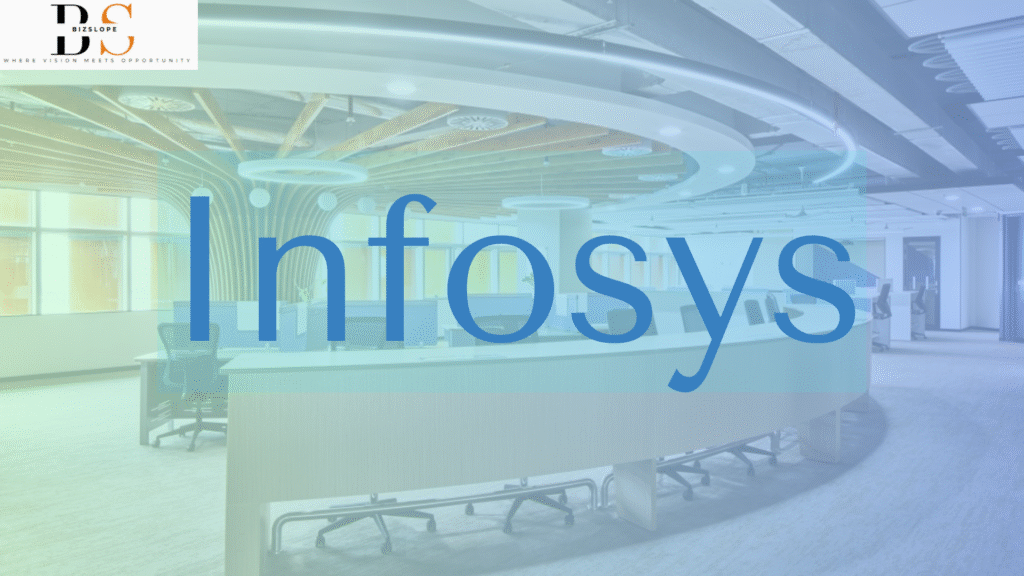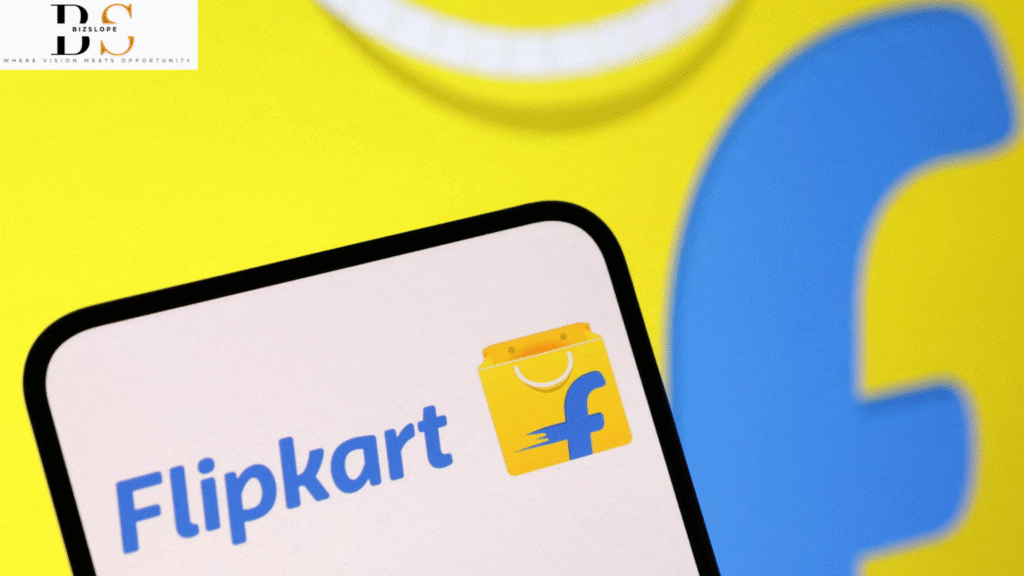Howard Schultz’s journey with Starbucks is more than just a business success story; it’s a profound testament to the power of vision, empathy, and an unwavering commitment to corporate culture. His leadership transformed a humble coffee bean retailer into a global phenomenon, not by merely selling coffee, but by creating an experience and fostering a unique environment where both employees and customers felt valued.
The Genesis of a Vision: Beyond the Bean
In the early 1980s, Starbucks was a relatively small, Seattle-based company, primarily focused on selling high-quality whole bean coffee and brewing equipment. It catered to a niche market of coffee connoisseurs, and its ambition seemed to be limited to being the best at what it did. Howard Schultz, then the Director of Retail Operations and Marketing, encountered Starbucks on a trip to Italy. This experience proved to be a pivotal moment, fundamentally altering the trajectory of both his life and the company.
While strolling through the bustling piazzas and elegant cafés of Milan, Schultz was captivated by the vibrant coffeehouse culture. He observed how these establishments were not just places to grab a quick espresso, but vital community hubs – “third places” where people gathered, socialized, and connected between the confines of home and work. He envisioned replicating this rich, communal experience in America, a country that, at the time, lacked such a widespread coffeehouse tradition.
Upon his return, Schultz passionately articulated this vision to the Starbucks founders. He believed that the company could transcend its role as a bean seller and become an iconic destination, a sanctuary for millions. This vision, however, was met with initial skepticism. The founders were hesitant to venture beyond their established business model. Undeterred, Schultz briefly left Starbucks to found his own coffee bar chain, Il Giornale, which embodied his Italian-inspired concept. The success of Il Giornale ultimately paved the way for him to acquire Starbucks in 1987, bringing his vision full circle and setting the stage for an extraordinary transformation.
The “People-First” Philosophy: Building a Foundation of Empathy
At the core of Schultz’s leadership was a deeply ingrained “people-first” philosophy. He understood that to create an exceptional customer experience, he first needed to cultivate an exceptional employee experience. Unlike many retail companies that viewed employees as mere cogs in a machine, Schultz saw them as “partners” – integral to the company’s success and deserving of respect, dignity, and substantial benefits.
This philosophy was radical, particularly for a service industry business with a large number of part-time workers. Schultz implemented groundbreaking employee benefits that were virtually unheard of in retail at the time:
- Comprehensive Health Insurance: Even part-time employees working as few as 20 hours a week were eligible for full health benefits. This was a direct response to the fragmented healthcare system in the U.S. and Schultz’s belief that access to healthcare was a fundamental right.
- Stock Options (Bean Stock): Schultz believed that by making every employee a part-owner, they would be more invested in the company’s success. Offering stock options across the board fostered a sense of shared ownership and collective responsibility.
- Training and Development: Significant investments were made in training programs, not just for coffee preparation, but also in customer service, leadership, and personal growth. This empowered employees to see Starbucks as a place for career development, not just a temporary job.
- Educational Support: Later initiatives included programs like the Starbucks College Achievement Plan, offering full tuition reimbursement for eligible employees to earn a bachelor’s degree online through Arizona State University.
These initiatives were not simply altruistic gestures; they were strategic investments. Schultz understood that happy, healthy, and engaged employees would be more productive, more loyal, and more likely to provide the warm, personal service that would differentiate Starbucks from its competitors. This created a virtuous cycle: well-treated employees delivered outstanding service, which in turn attracted and retained loyal customers, driving profitability.
Cultivating the “Third Place”: More Than Just Coffee
Schultz’s vision for Starbucks went beyond serving excellent coffee; it was about creating an inviting atmosphere that felt like an extension of home and work. He meticulously focused on every detail of the Starbucks experience:
- Store Design: Starbucks stores were designed to be comfortable, aesthetically pleasing, and conducive to lingering. Comfortable seating, warm lighting, and carefully curated music all contributed to the ambiance.
- Customer Connection: Baristas were trained not just to prepare drinks efficiently, but to engage with customers, learn their names, and remember their regular orders. This personal touch transformed a transactional exchange into a relational experience.
- Community Hubs: Starbucks aimed to be a place where people could meet friends, work remotely, read a book, or simply enjoy a moment of peace. It became a cultural anchor in neighborhoods, fostering a sense of community.
This meticulous attention to the “third place” concept was a game-changer. It positioned Starbucks as an aspirational brand, offering not just a beverage, but an experience, a moment of comfort and connection in a fast-paced world.
The Global Empire and Lasting Impact
Under Howard Schultz’s leadership, Starbucks’ growth was meteoric. From a few dozen stores in Seattle, it expanded across the United States and then globally, becoming a household name synonymous with quality coffee and a distinctive coffeehouse experience. He navigated periods of rapid expansion, economic downturns, and shifts in consumer tastes, always returning to the core principles of his people-first philosophy and the “third place” vision.
His story demonstrates how investing in people and fostering a strong, values-driven culture can be the most effective long-term business strategy. Starbucks proved that a company could prioritize employee well-being and social responsibility without sacrificing profitability. In fact, these very elements became competitive advantages, distinguishing Starbucks in a crowded market.
Howard Schultz’s legacy is not just the thousands of Starbucks stores worldwide, but the enduring model of a company built on empathy, community, and the belief that success is measured not just by financial metrics, but by the positive impact it has on its employees, customers, and the communities it serves. He taught the business world that a strong culture isn’t a soft skill; it’s the bedrock of a sustainable, thriving empire.



